
Ouya Unity Game Development
¥54.49
A clear, concise, and practical guide that will teach you how to build your own console game and become an indie developer.This book is for game developers who are interested in developing games for the Ouya console on the Unity game engine. It is assumed that you have a basic understanding of Unity.

Arduino Essentials
¥54.49
If you are a hobbyist who wants to develop projects based on Arduino as the main microcontroller platform or an engineer interested in finding out what the Arduino platform offers, then this book is ideal for you. Some prior knowledge of the C programming language is required.
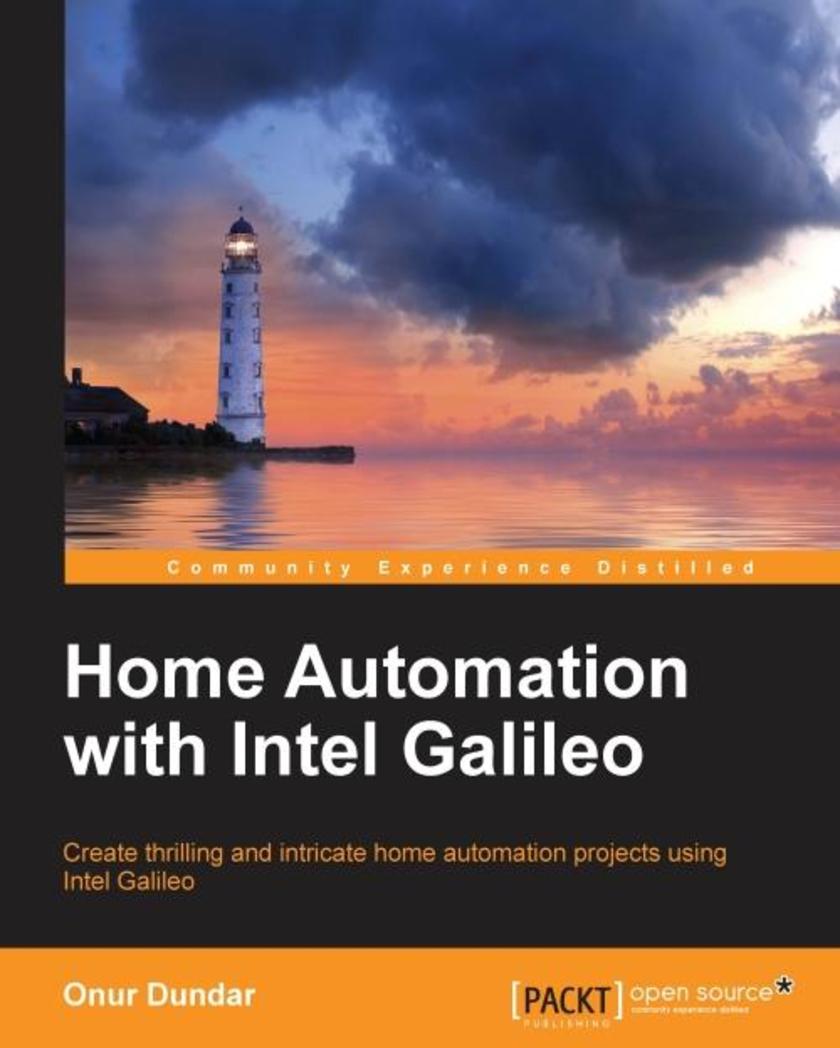
Home Automation with Intel Galileo
¥54.49
This book is for anyone who wants to learn Intel Galileo for home automation and cross-platform software development. No knowledge of programming with Intel Galileo is assumed, but knowledge of the C programming language is essential.
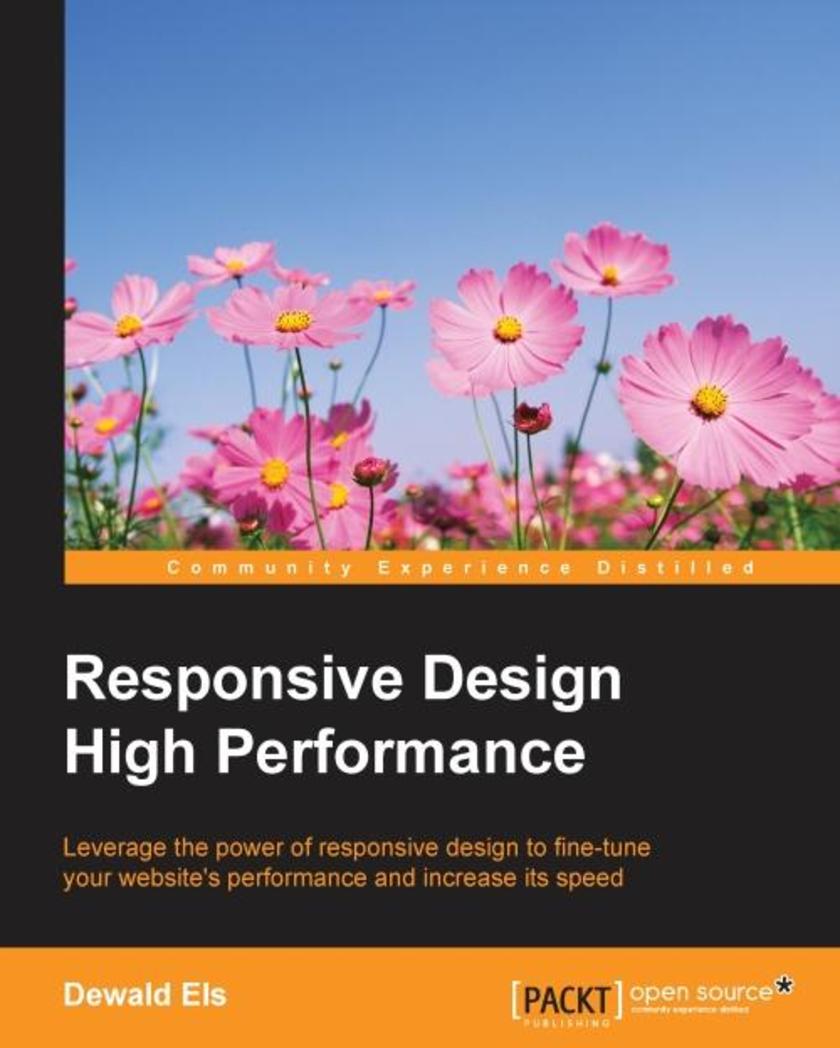
Responsive Design High Performance
¥54.49
This book is ideal for developers who have experience in developing websites or possess minor knowledge of how responsive websites work. No experience of high-level website development or performance tweaking is required.

CentOS High Availability
¥54.49
This book is targeted at system engineers and system administrators who want to upgrade their knowledge and skills in high availability and want to learn practically how to achieve high availability with CentOS Linux. You are expected to have good CentOS Linux knowledge and basic networking experience.
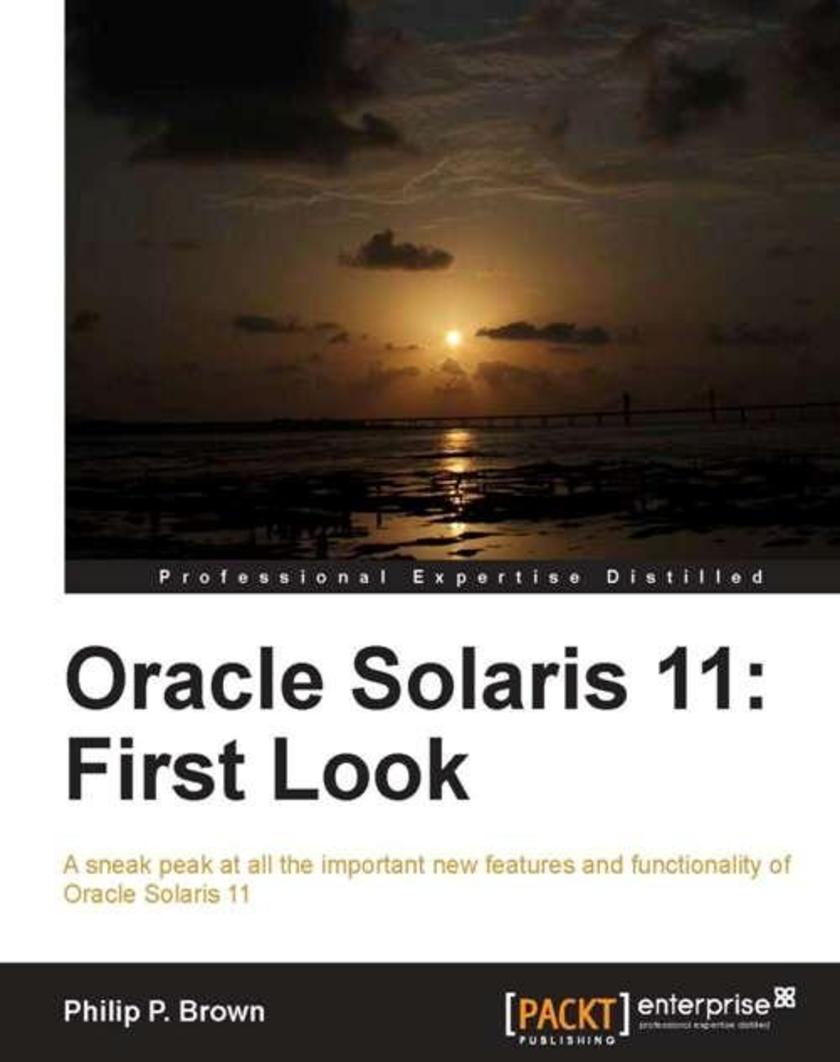
Oracle Solaris 11: First Look
¥54.49
This book is written in simple, easy-to-understand format with lots of screenshots and step-by-step explanations. If you are a Solaris administrator looking for a step-by-step guide to understand the new features and functionality of Oracle Solaris 11, then this is the guide for you. Working knowledge of Solaris is required.
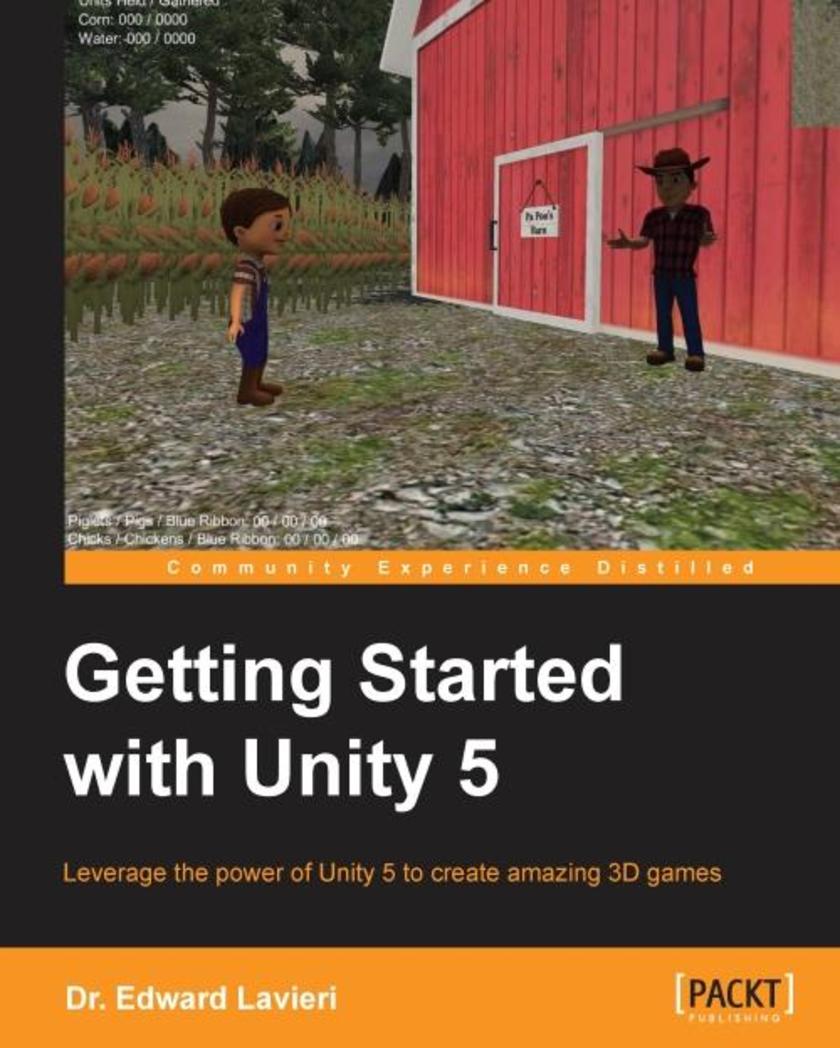
Getting Started with Unity 5
¥54.49
If you are a game developer interested in learning Unity 3D from scratch and becoming familiar with its core features, then this book is for you. No prior knowledge of Unity 3D is required.

Moodle Gradebook - Second Edition
¥54.49
This book is for teachers and administrators who have experience with Moodle. Basic knowledge of Moodle 2.x will be required, but no prior knowledge of grade functions is needed. This book will help you utilize the full functionality of Version 2.7.
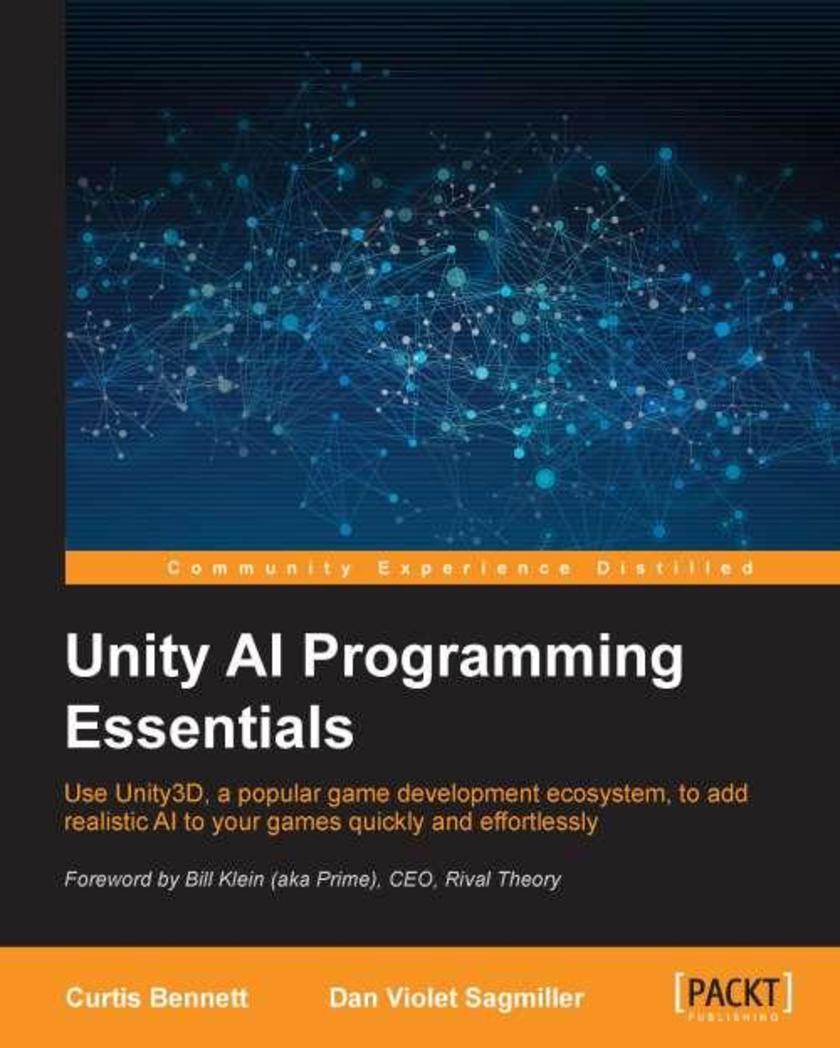
Unity AI Programming Essentials
¥54.49
This book is aimed at developers who know the basics of game development with Unity and want to learn how to add AI to their games. You do not need any previous AI knowledge; this book will explain all the essential AI concepts and show you how to add and use them in your games.
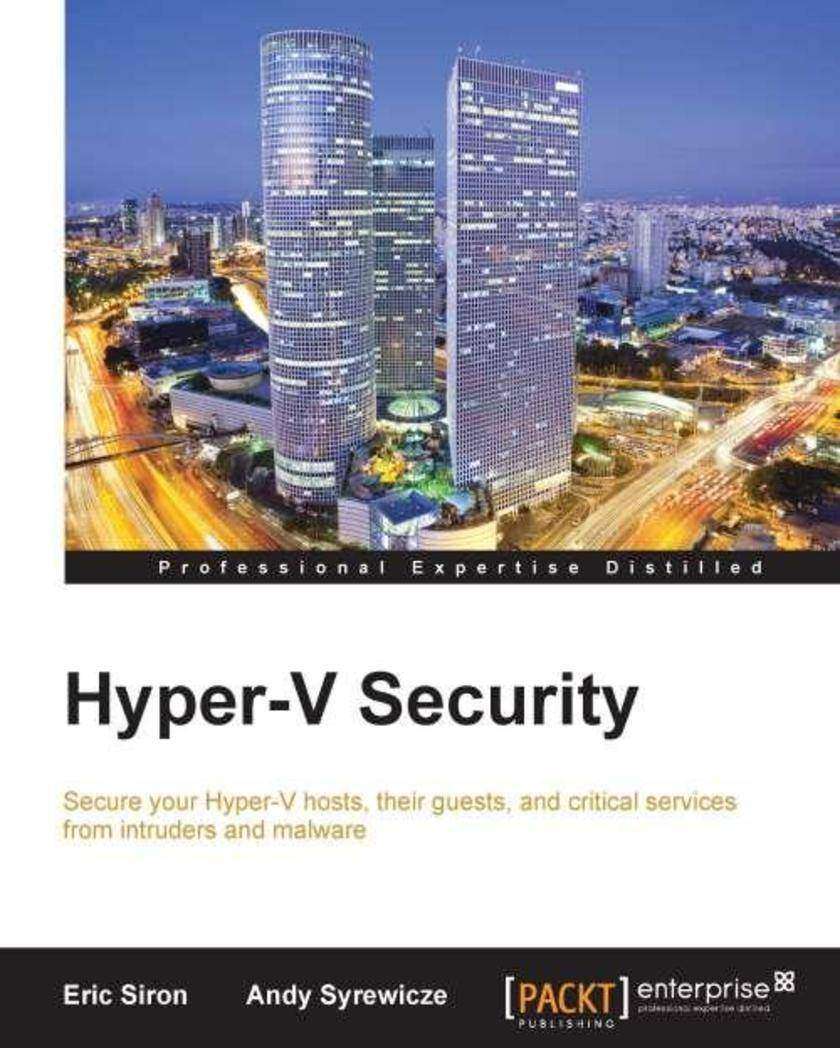
Hyper-V Security
¥54.49
Hyper-V Security is intended for administrators with a solid working knowledge of Hyper-V Server, Windows Server, and Active Directory. An administrator with a functional environment will be able to use the knowledge and examples present in this book to enhance security.
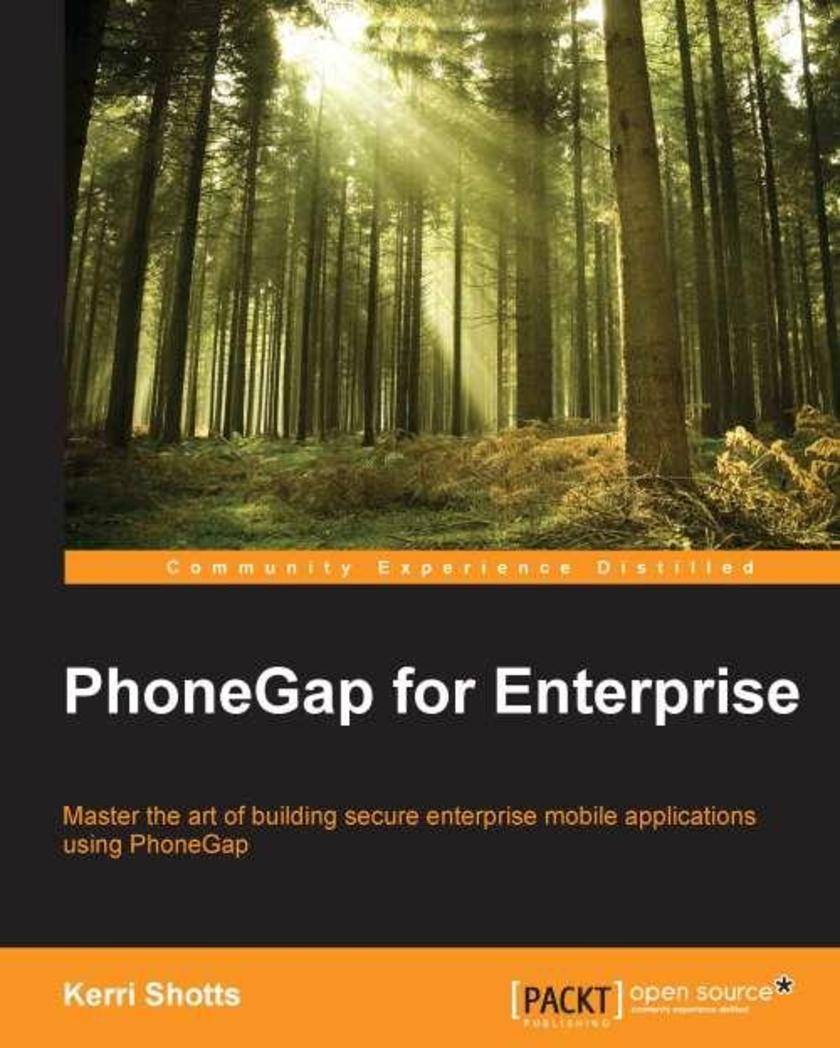
PhoneGap for Enterprise
¥54.49
This book is intended for developers who wish to use PhoneGap to develop useful, rich, secure mobile applications for their enterprise environment. The book assumes you have working knowledge of PhoneGap, HTML5, CSS3, and JavaScript, and a reasonable understanding of networking and n-tier architectures.
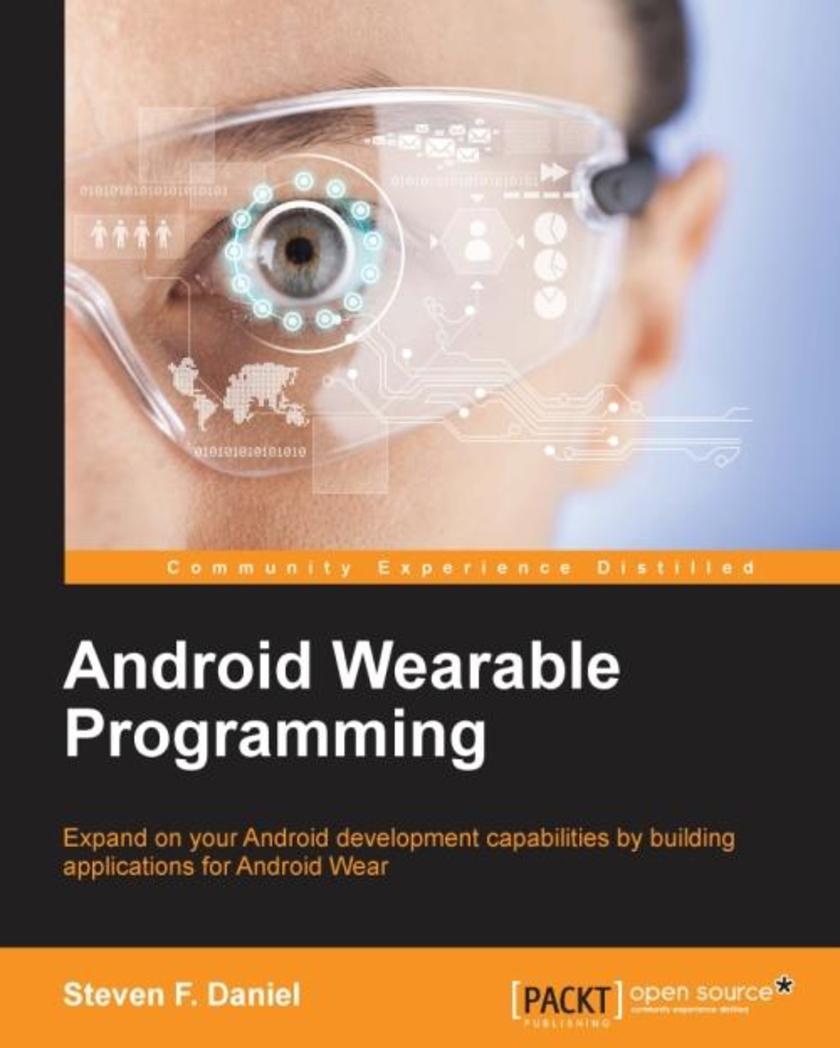
Android Wearable Programming
¥54.49
If you are an Android developer who wants to learn how to build applications for the Android Wear platform, then this is the book for you. This book only requires a basic knowledge of Android programming. Familiarity with development IDEs such as Android Studio, IntelliJ IDEA, or Eclipse will be helpful.
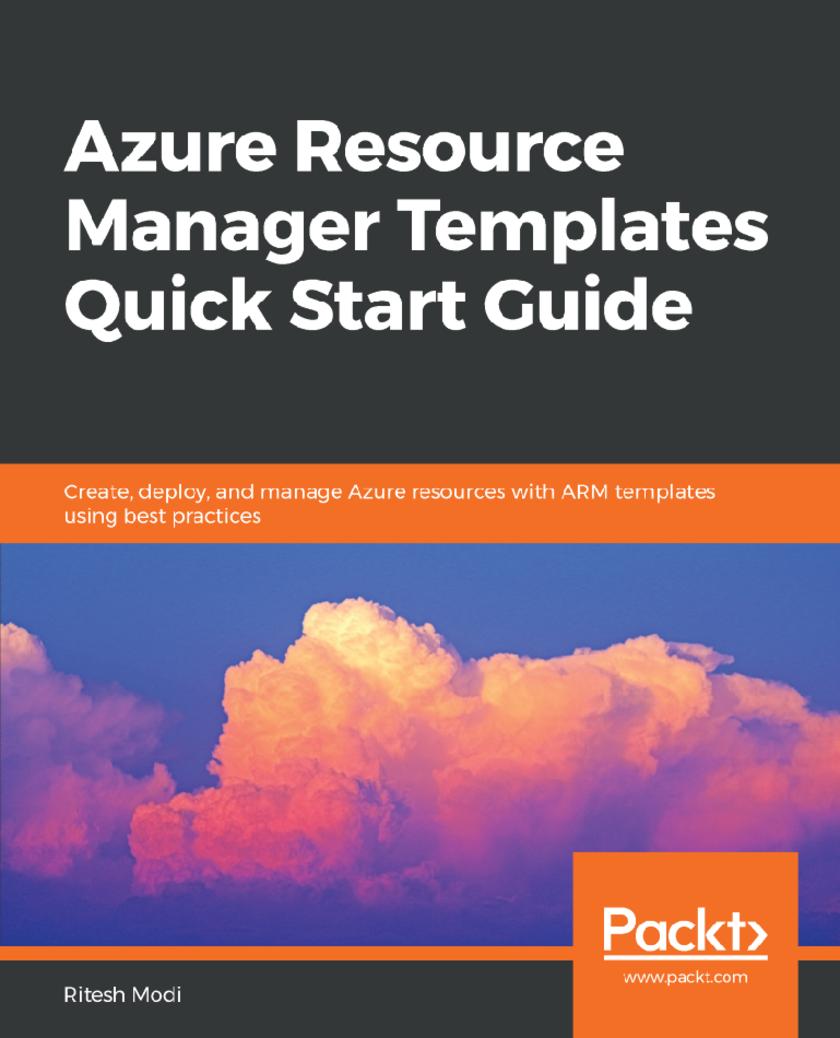
Azure Resource Manager Templates Quick Start Guide
¥54.49
Compose and decompose ARM templates and use advanced concepts like looping, conditions, dependencies, PowerShell and Desired State Configuration. Key Features * Design, implement, and unit test ARM templates * Develop and deploy ARM templates following security best practices Book Description Azure Resource Manager (ARM) templates are declarations of Azure resources in the JSON format to provision and maintain them using infrastructure as code. This book gives practical solutions and examples for provisioning and managing various Azure services using ARM templates. The book starts with an understanding of infrastructure as code, a refresher on JSON, and then moves on to explain the fundamental concepts of ARM templates. Important concepts like iteration, conditional evaluation, security, usage of expressions, and functions will be covered in detail. You will use linked and nested templates to create modular ARM templates. You will see how to create multiple instances of the same resources, how to nest and link templates, and how to establish dependencies between them. You will also learn about implementing design patterns, secure template design, the unit testing of ARM templates, and adopting best practices. By the end of this book, you will understand the entire life cycle of ARM templates and their testing, and be able to author them for complex deployments. What you will learn * Understand the foundations of ARM templates including nested and linked templates * Design, create, and unit test ARM templates using best practices * Learn about conditional deployments, looping, Custom Script Extensions using PowerShell, Bash, and DSC * Implement design patterns related to ARM templates * Run post-deployment PowerShell and Desired State Configuration scripts * Create solutions and deploy them on Azure using ARM templates Who this book is for This books is for developers, DevOps engineers, and architects who have experience in Azure.
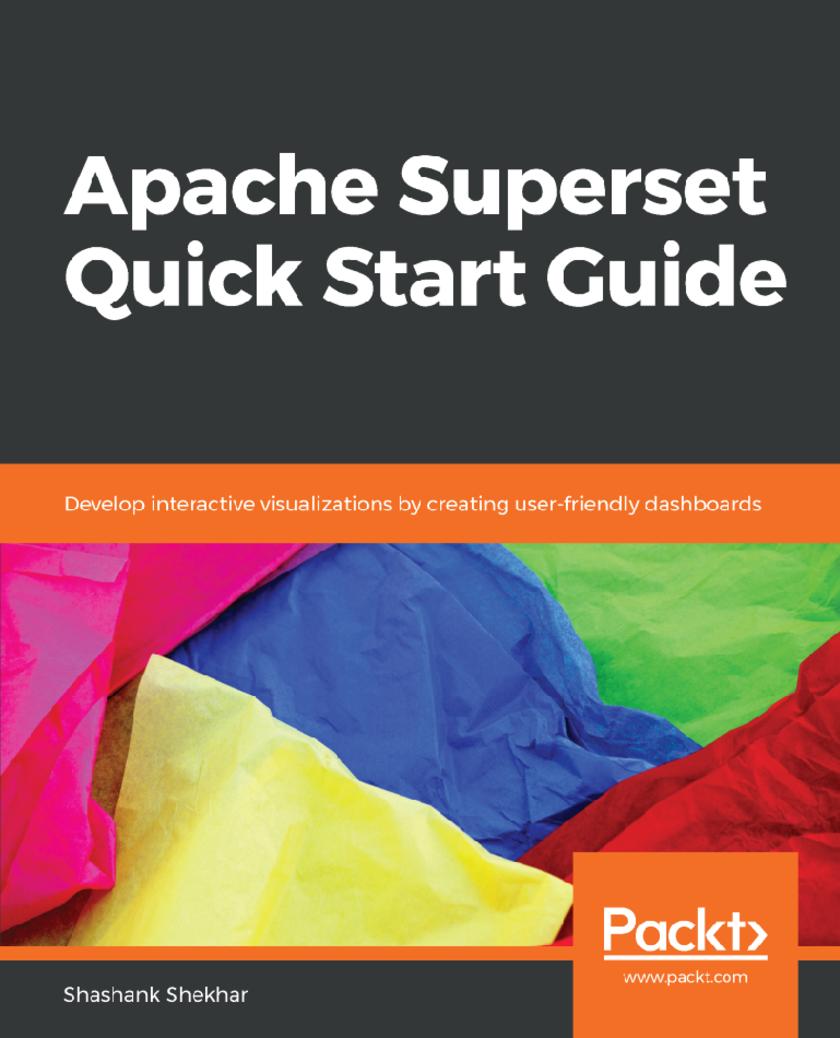
Apache Superset Quick Start Guide
¥54.49
Integrate open source data analytics and build business intelligence on SQL databases with Apache Superset. The quick, intuitive nature for data visualization in a web application makes it easy for creating interactive dashboards. Key Features *Work with Apache Superset's rich set of data visualizations *Create interactive dashboards and data storytelling *Easily explore data Book Description Apache Superset is a modern, open source, enterprise-ready business intelligence (BI) web application. With the help of this book, you will see how Superset integrates with popular databases like Postgres, Google BigQuery, Snowflake, and MySQL. You will learn to create real time data visualizations and dashboards on modern web browsers for your organization using Superset. First, we look at the fundamentals of Superset, and then get it up and running. You'll go through the requisite installation, configuration, and deployment. Then, we will discuss different columnar data types, analytics, and the visualizations available. You'll also see the security tools available to the administrator to keep your data safe. You will learn how to visualize relationships as graphs instead of coordinates on plain orthogonal axes. This will help you when you upload your own entity relationship dataset and analyze the dataset in new, different ways. You will also see how to analyze geographical regions by working with location data. Finally, we cover a set of tutorials on dashboard designs frequently used by analysts, business intelligence professionals, and developers. What you will learn *Get to grips with the fundamentals of data exploration using Superset *Set up a working instance of Superset on cloud services like Google Compute Engine *Integrate Superset with SQL databases *Build dashboards with Superset *Calculate statistics in Superset for numerical, categorical, or text data *Understand visualization techniques, filtering, and grouping by aggregation *Manage user roles and permissions in Superset *Work with SQL Lab Who this book is for This book is for data analysts, BI professionals, and developers who want to learn Apache Superset. If you want to create interactive dashboards from SQL databases, this book is what you need. Working knowledge of Python will be an advantage but not necessary to understand this book.
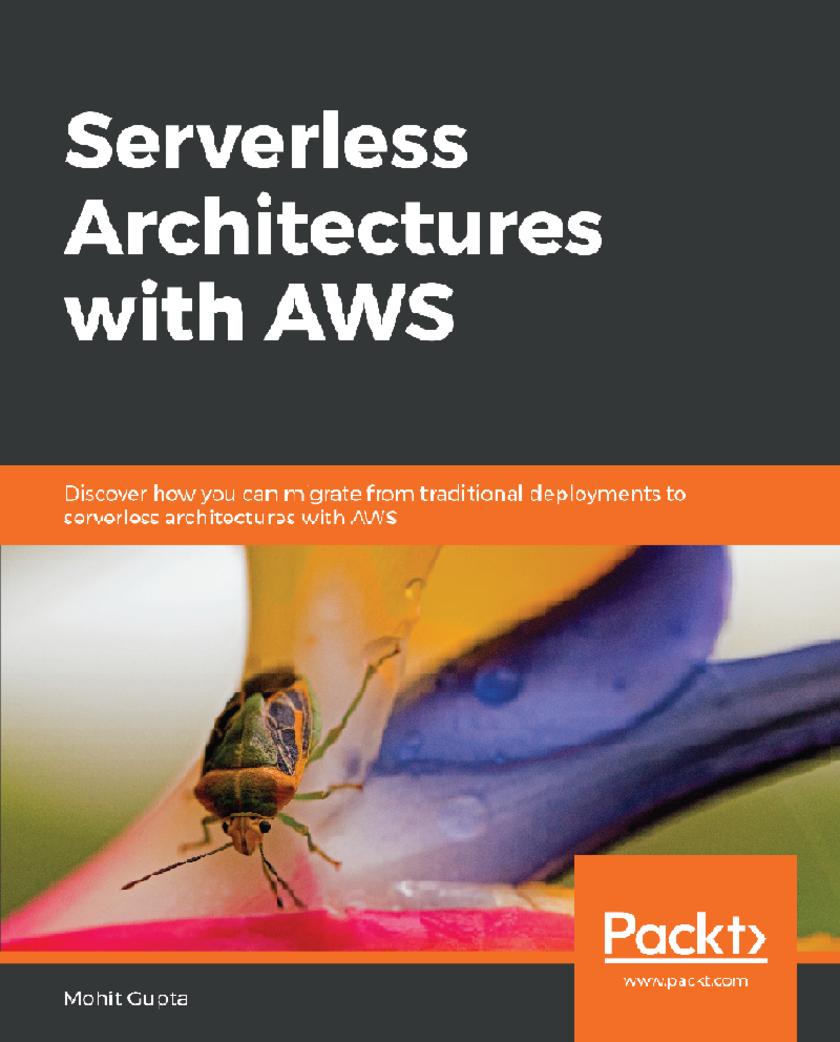
Serverless Architectures with AWS
¥54.49
Don't waste your energy thinking about servers; use AWS to build enterprise-grade serverless applications. Key Features *Learn how to quickly and easily go serverless *Explore AWS and Lambda: the first building blocks of serverless applications on AWS *Study different approaches to deploy and maintain serverless applications Book Description Serverless Architecture with AWS begins with an introduction to the serverless model and helps you get started with AWS and Lambda. You'll also get to grips with other capabilities of the AWS Serverless Platform and see how AWS supports enterprise-grade serverless applications with and without Lambda. This book will guide you in deploying your first serverless project and exploring the capabilities of serverless Amazon Athena, an interactive query service that makes it easy to analyze data in Amazon Simple Storage Service (S3 Amazon) using standard SQL. You’ll also learn about AWS Glue, a fully managed ETL service that makes categorizing data easy and cost-effective. You'll study how Amazon Kinesis makes it possible to unleash the potential of real-time data insights and analytics with capabilities such as video streams, data streams, data firehose, and data analytics. Last but not least, you’ll be equipped to combine Amazon Kinesis capabilities with AWS Lambda to create lightweight serverless architectures. By the end of the book, you will be ready to create and run your first serverless application that takes advantage of the high availability, security, performance, and scalability of AWS. What you will learn *Explore AWS services for supporting a serverless environment *Set up AWS services to make applications scalable and highly available *Deploy a static website with a serverless architecture *Build your first serverless web application *Study the changes in a deployed serverless web application *Apply best practices to ensure overall security, availability, and reliability Who this book is for This book is for you if you want to develop serverless applications and have some prior coding experience. Though no prior experience of AWS is needed, basic knowledge of Java or Node.js will be an added advantage.
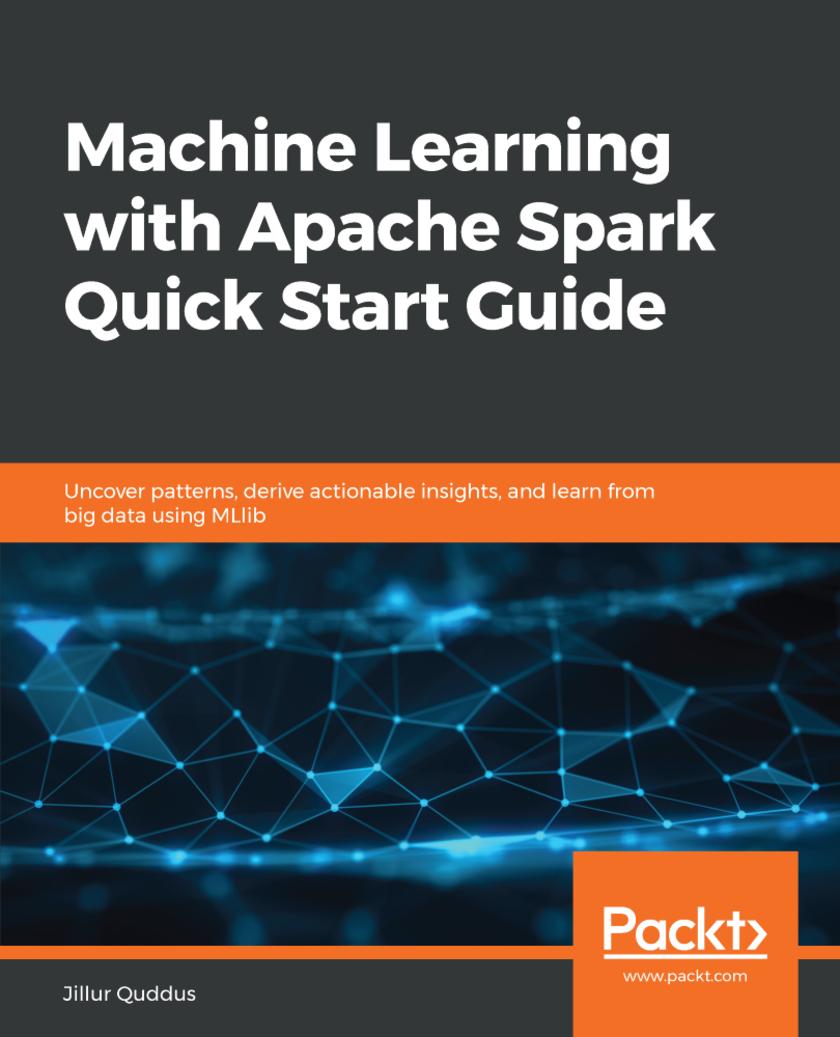
Machine Learning with Apache Spark Quick Start Guide
¥54.49
Combine advanced analytics including Machine Learning, Deep Learning Neural Networks and Natural Language Processing with modern scalable technologies including Apache Spark to derive actionable insights from Big Data in real-time Key Features *Make a hands-on start in the fields of Big Data, Distributed Technologies and Machine Learning *Learn how to design, develop and interpret the results of common Machine Learning algorithms *Uncover hidden patterns in your data in order to derive real actionable insights and business value Book Description Every person and every organization in the world manages data, whether they realize it or not. Data is used to describe the world around us and can be used for almost any purpose, from analyzing consumer habits to fighting disease and serious organized crime. Ultimately, we manage data in order to derive value from it, and many organizations around the world have traditionally invested in technology to help process their data faster and more efficiently. But we now live in an interconnected world driven by mass data creation and consumption where data is no longer rows and columns restricted to a spreadsheet, but an organic and evolving asset in its own right. With this realization comes major challenges for organizations: how do we manage the sheer size of data being created every second (think not only spreadsheets and databases, but also social media posts, images, videos, music, blogs and so on)? And once we can manage all of this data, how do we derive real value from it? The focus of Machine Learning with Apache Spark is to help us answer these questions in a hands-on manner. We introduce the latest scalable technologies to help us manage and process big data. We then introduce advanced analytical algorithms applied to real-world use cases in order to uncover patterns, derive actionable insights, and learn from this big data. What you will learn *Understand how Spark fits in the context of the big data ecosystem *Understand how to deploy and configure a local development environment using Apache Spark *Understand how to design supervised and unsupervised learning models *Build models to perform NLP, deep learning, and cognitive services using Spark ML libraries *Design real-time machine learning pipelines in Apache Spark *Become familiar with advanced techniques for processing a large volume of data by applying machine learning algorithms Who this book is for This book is aimed at Business Analysts, Data Analysts and Data Scientists who wish to make a hands-on start in order to take advantage of modern Big Data technologies combined with Advanced Analytics.
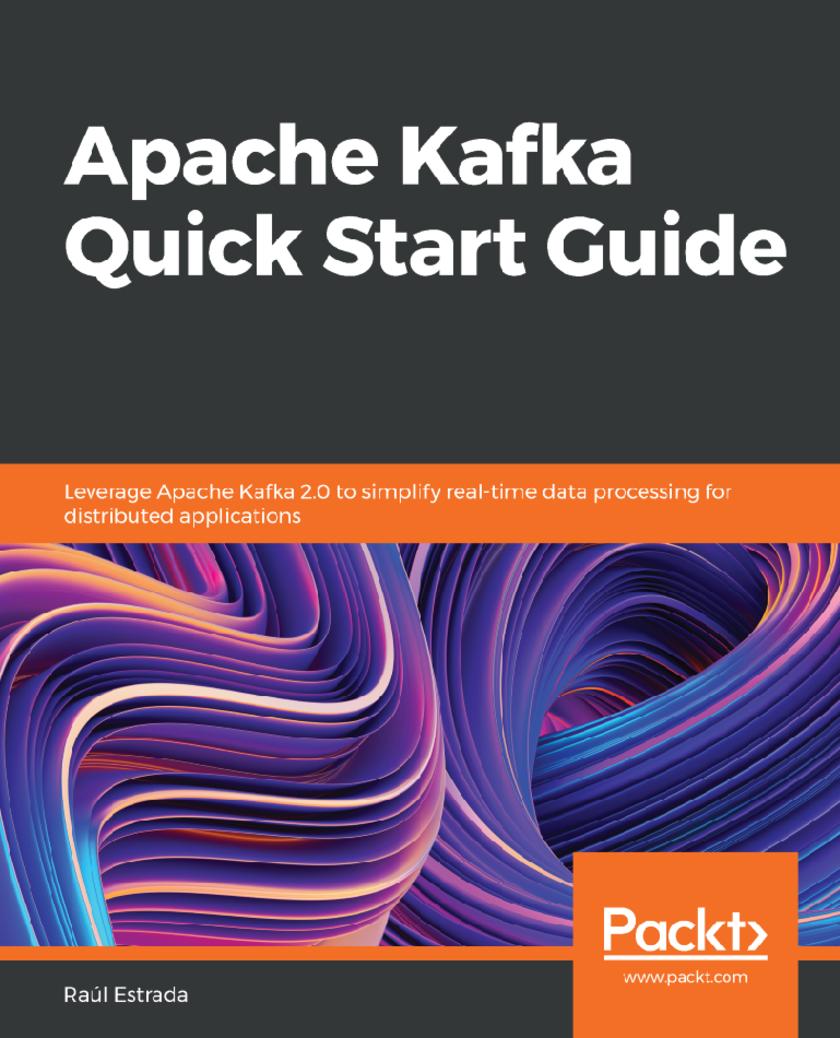
Apache Kafka Quick Start Guide
¥54.49
Process large volumes of data in real-time while building high performance and robust data stream processing pipeline using the latest Apache Kafka 2.0 Key Features *Solve practical large data and processing challenges with Kafka *Tackle data processing challenges like late events, windowing, and watermarking *Understand real-time streaming applications processing using Schema registry, Kafka connect, Kafka streams, and KSQL Book Description Apache Kafka is a great open source platform for handling your real-time data pipeline to ensure high-speed filtering and pattern matching on the ?y. In this book, you will learn how to use Apache Kafka for efficient processing of distributed applications and will get familiar with solving everyday problems in fast data and processing pipelines. This book focuses on programming rather than the configuration management of Kafka clusters or DevOps. It starts off with the installation and setting up the development environment, before quickly moving on to performing fundamental messaging operations such as validation and enrichment. Here you will learn about message composition with pure Kafka API and Kafka Streams. You will look into the transformation of messages in different formats, such asext, binary, XML, JSON, and AVRO. Next, you will learn how to expose the schemas contained in Kafka with the Schema Registry. You will then learn how to work with all relevant connectors with Kafka Connect. While working with Kafka Streams, you will perform various interesting operations on streams, such as windowing, joins, and aggregations. Finally, through KSQL, you will learn how to retrieve, insert, modify, and delete data streams, and how to manipulate watermarks and windows. What you will learn *How to validate data with Kafka *Add information to existing data ?ows *Generate new information through message composition *Perform data validation and versioning with the Schema Registry *How to perform message Serialization and Deserialization *How to perform message Serialization and Deserialization *Process data streams with Kafka Streams *Understand the duality between tables and streams with KSQL Who this book is for This book is for developers who want to quickly master the practical concepts behind Apache Kafka. The audience need not have come across Apache Kafka previously; however, a familiarity of Java or any JVM language will be helpful in understanding the code in this book.
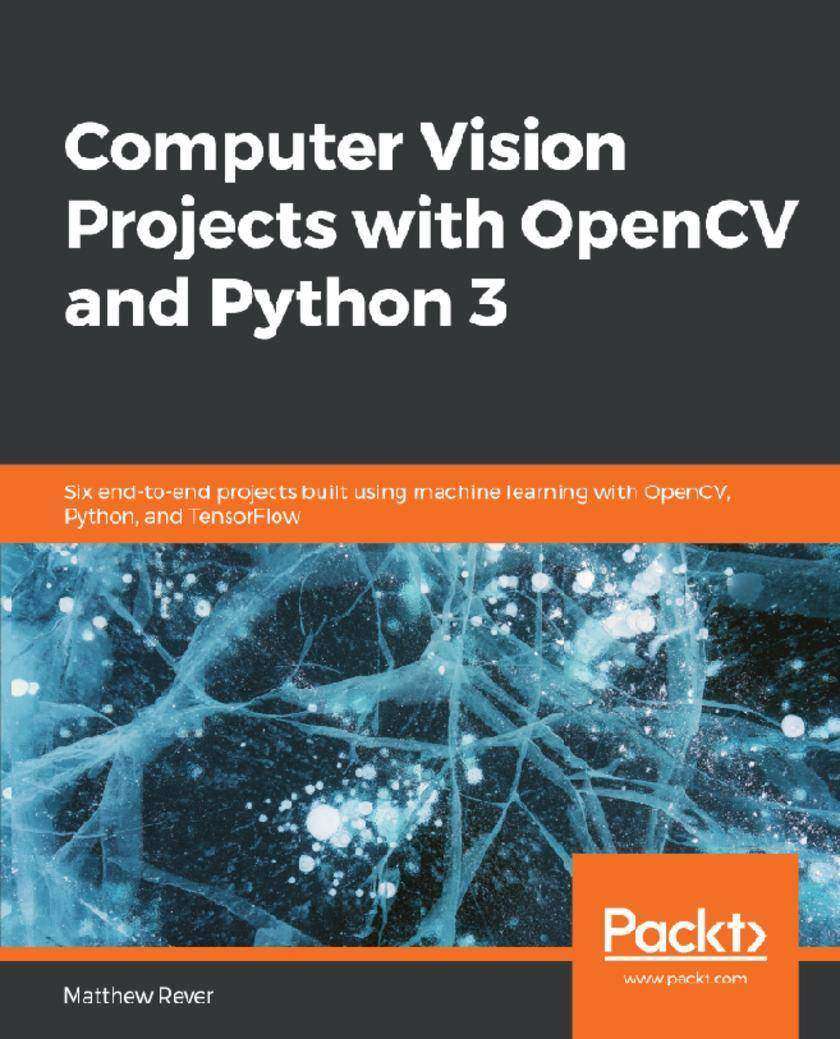
Computer Vision Projects with OpenCV and Python 3
¥54.49
Gain a working knowledge of advanced machine learning and explore Python’s powerful tools for extracting data from images and videos Key Features *Implement image classification and object detection using machine learning and deep learning *Perform image classification, object detection, image segmentation, and other Computer Vision tasks *Crisp content with a practical approach to solving real-world problems in Computer Vision Book Description Python is the ideal programming language for rapidly prototyping and developing production-grade codes for image processing and Computer Vision with its robust syntax and wealth of powerful libraries. This book will help you design and develop production-grade Computer Vision projects tackling real-world problems. With the help of this book, you will learn how to set up Anaconda and Python for the major OSes with cutting-edge third-party libraries for Computer Vision. You'll learn state-of-the-art techniques for classifying images, finding and identifying human postures, and detecting faces within videos. You will use powerful machine learning tools such as OpenCV, Dlib, and TensorFlow to build exciting projects such as classifying handwritten digits, detecting facial features,and much more. The book also covers some advanced projects, such as reading text from license plates from real-world images using Google’s Tesseract software, and tracking human body poses using DeeperCut within TensorFlow. By the end of this book, you will have the expertise required to build your own Computer Vision projects using Python and its associated libraries. What you will learn *Install and run major Computer Vision packages within Python *Apply powerful support vector machines for simple digit classification *Understand deep learning with TensorFlow *Build a deep learning classifier for general images *Use LSTMs for automated image captioning *Read text from real-world images *Extract human pose data from images Who this book is for Python programmers and machine learning developers who wish to build exciting Computer Vision projects using the power of machine learning and OpenCV will find this book useful. The only prerequisite for this book is that you should have a sound knowledge of Python programming.

Hands-On Dashboard Development with QlikView
¥54.49
A step-by-step approach to building stunning dashboards with QlikView Key Features * Perform effective storytelling through interactive dashboards built with QlikView * Create different types of visualizations from a variety of data sources * Includes tips, tricks, and best practices to perform effective Business Intelligence using QlikView Book Description QlikView is one of the market leaders when it comes to building effective Business Intelligence solutions. This book will show how you can leverage its power to build your own dashboards to tell your own data story. The book starts with showing you how to connect your data to QlikView and create your own QlikView application. You will learn how to add data from multiple sources, create a data model by joining data, and then review it on the front end. You will work with QlikView components such as charts, list boxes, input boxes, and text objects to create stunning visualizations that help give actionable business insights. You will also learn how to perform analysis on your data in QlikView and master the various types of security measures to be taken in QlikView. By the end of this book, you will have all the essential knowledge required for insightful data storytelling and creating useful BI dashboards using QlikView. What you will learn * Learn to use the latest and newest features of QlikView * Connect QlikView to various data sources, such as databases and websites * Create a fully featured data model without circular references * Display your data in maps, charts, and text across multiple sheets * Apply set analysis to your data in QlikView expressions * Secure your data based on the various audience types Who this book is for This book is best suited for BI professionals, data analysts and budding QlikView developers who wish to build effective dashboards using QlikView. Some basic understanding of the data visualization concepts and Business Intelligence is required.
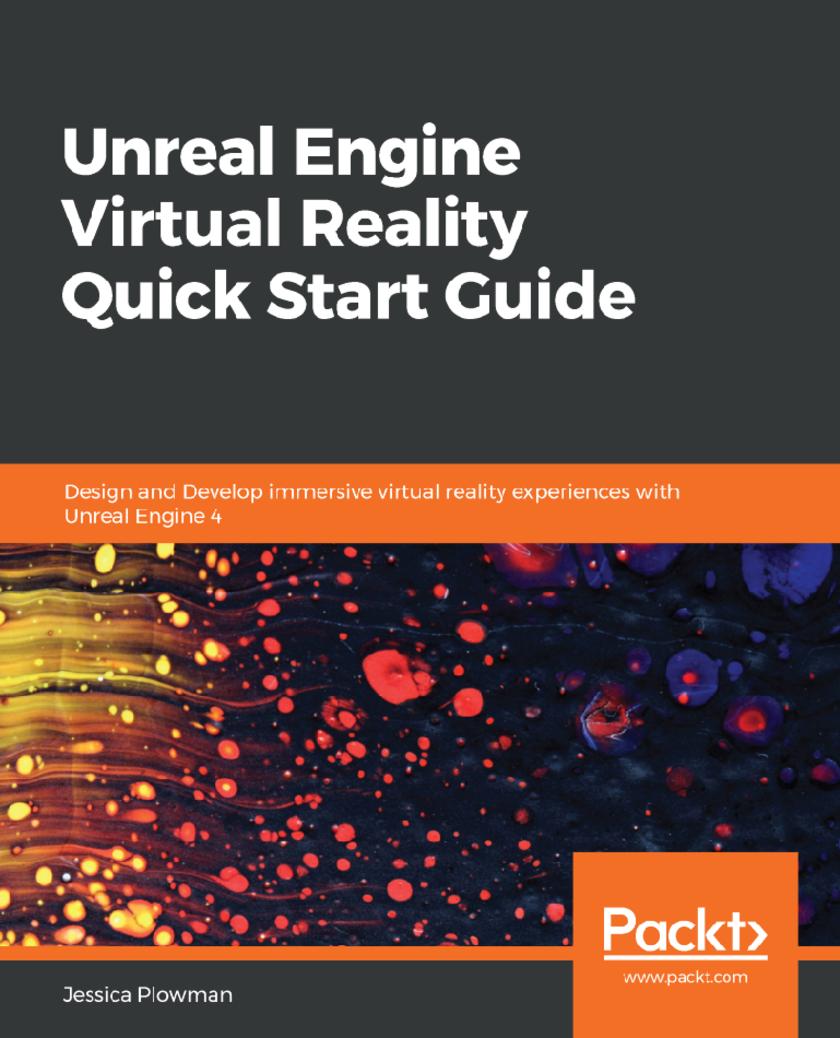
Unreal Engine Virtual Reality Quick Start Guide
¥54.49
Unreal Engine 4 for virtual reality game design, development, User Experience design techniques and Blueprint programming to create virtual reality gameplay for HTC Vive, Oculus Rift, PSVR, and Windows Mixed Reality headsets. Key Features * Build VR games from scratch with the power of Unreal Engine 4 * Learn User Experience design practices to take your VR game to the next level * Understand the best practices to creating art for games on HTC Vive, Oculus Rift, and PSVR Book Description With the ability to put players directly in the game, virtual reality gives users the chance to experience digital worlds directly. Nevertheless, many designers are unsure where to start when working with this amazing technology. With this book, you will learn user experience design processes and create immersive gameplay experiences designed for entertainment and player comfort. Using the power of Unreal Engine 4’s Blueprint visual scripting language, you will build player interaction and locomotion systems from scratch and use these flexible systems to create a sample game, as well as develop functional 2D and 3D user interfaces for players to interact with. And also learn the best practices for creating game art for virtual reality. Finally, you will learn how to test your application with your target audience and finalize your game for distribution. By the end of this book, you will have the knowledge to be able to make the leap from traditional game development to creating immersive virtual reality experiences using Unreal Engine 4. What you will learn * Understand how to get started with VR development in Unreal Engine 4 * Design and create interaction and locomotion systems from scratch * Plan and program a sample game for VR * Understand how VR affects user experience and user interfaces * Discuss what is needed to create optimized art for VR * Test your game with users and prepare for distribution Who this book is for The audience for this book is intermediate or advanced users of Unreal Engine 4 but who have not begun working with VR technology. These users are familiar with the game engine and have an interest in VR technology. They are just beginning to explore the VR features that the game engine has to offer.
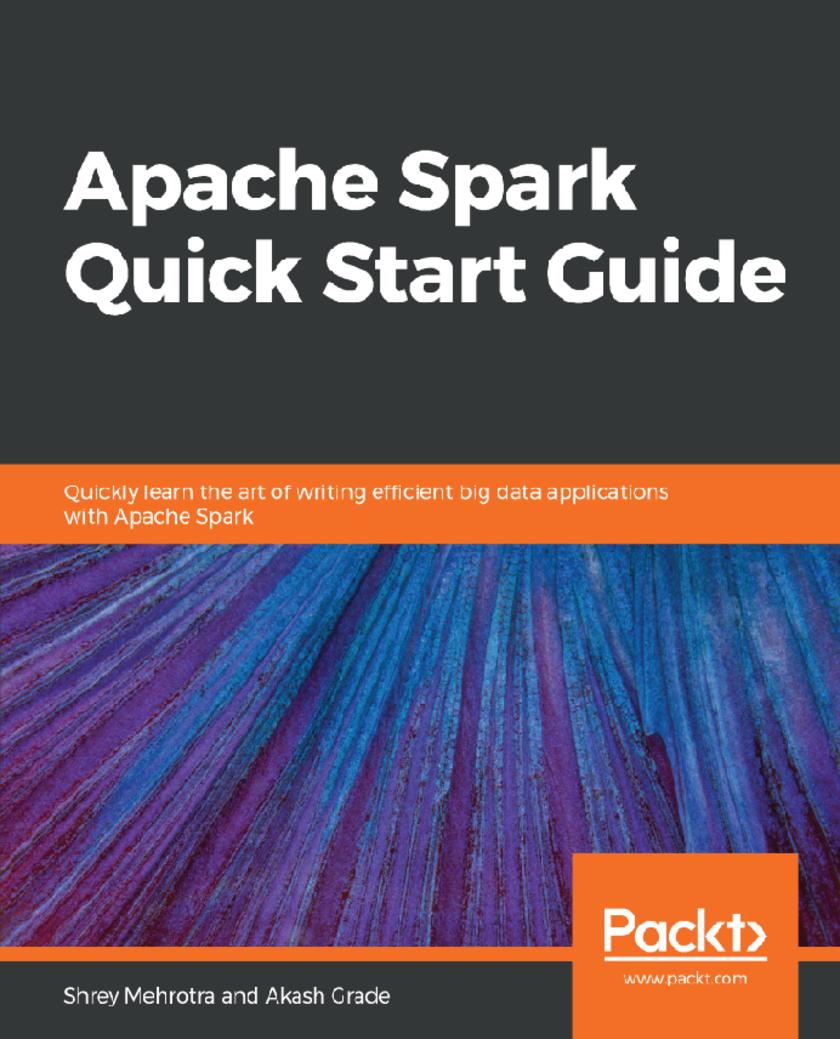
Apache Spark Quick Start Guide
¥54.49
A practical guide for solving complex data processing challenges by applying the best optimizations techniques in Apache Spark. Key Features * Learn about the core concepts and the latest developments in Apache Spark * Master writing efficient big data applications with Spark’s built-in modules for SQL, Streaming, Machine Learning and Graph analysis * Get introduced to a variety of optimizations based on the actual experience Book Description Apache Spark is a flexible framework that allows processing of batch and real-time data. Its unified engine has made it quite popular for big data use cases. This book will help you to get started with Apache Spark 2.0 and write big data applications for a variety of use cases. It will also introduce you to Apache Spark – one of the most popular Big Data processing frameworks. Although this book is intended to help you get started with Apache Spark, but it also focuses on explaining the core concepts. This practical guide provides a quick start to the Spark 2.0 architecture and its components. It teaches you how to set up Spark on your local machine. As we move ahead, you will be introduced to resilient distributed datasets (RDDs) and DataFrame APIs, and their corresponding transformations and actions. Then, we move on to the life cycle of a Spark application and learn about the techniques used to debug slow-running applications. You will also go through Spark’s built-in modules for SQL, streaming, machine learning, and graph analysis. Finally, the book will lay out the best practices and optimization techniques that are key for writing efficient Spark applications. By the end of this book, you will have a sound fundamental understanding of the Apache Spark framework and you will be able to write and optimize Spark applications. What you will learn * Learn core concepts such as RDDs, DataFrames, transformations, and more * Set up a Spark development environment * Choose the right APIs for your applications * Understand Spark’s architecture and the execution flow of a Spark application * Explore built-in modules for SQL, streaming, ML, and graph analysis * Optimize your Spark job for better performance Who this book is for If you are a big data enthusiast and love processing huge amount of data, this book is for you. If you are data engineer and looking for the best optimization techniques for your Spark applications, then you will find this book helpful. This book also helps data scientists who want to implement their machine learning algorithms in Spark. You need to have a basic understanding of any one of the programming languages such as Scala, Python or Java.




 购物车
购物车 个人中心
个人中心



